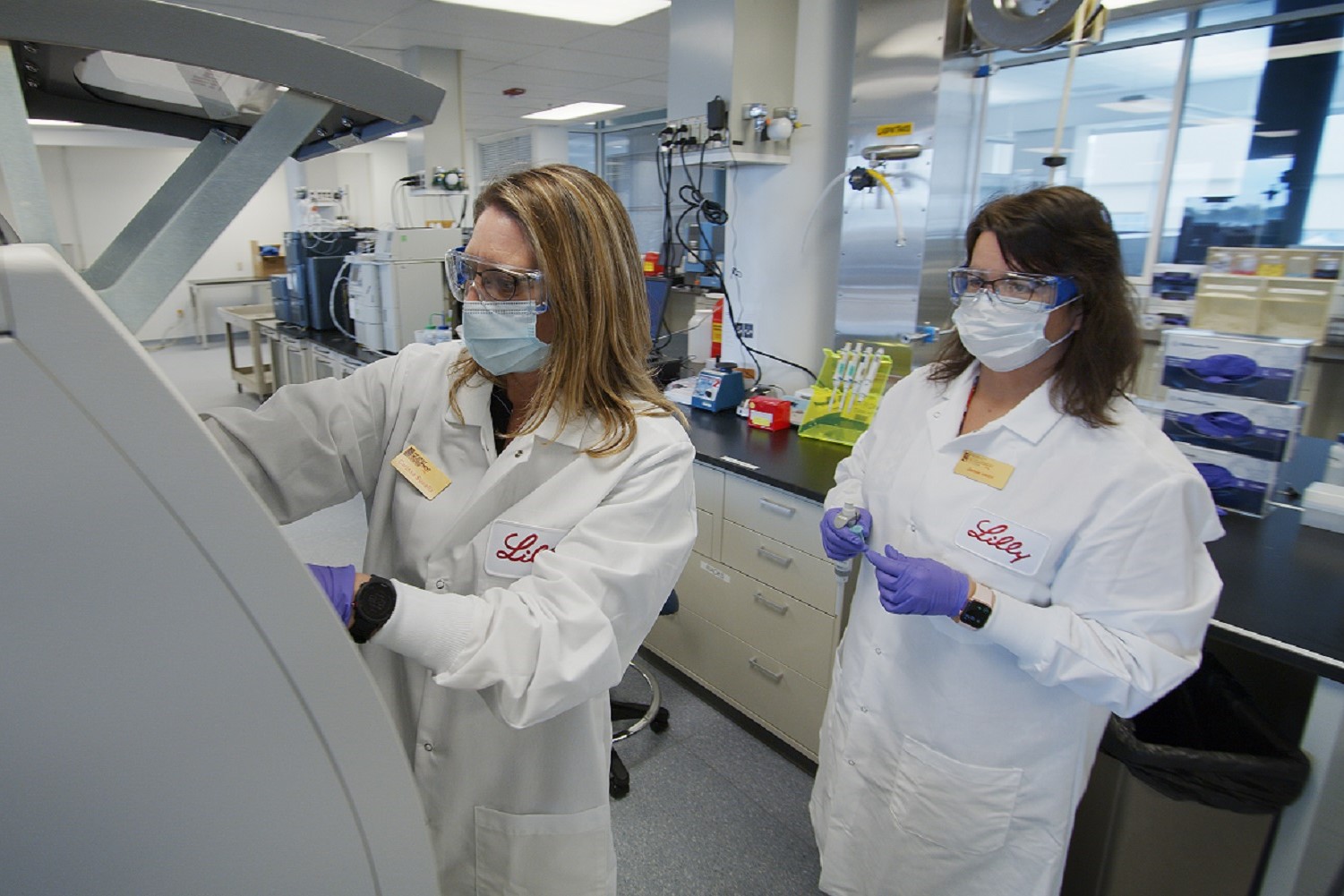Daniel Rose was recently appointed CEO of LimFlow, a Paris-based company that’s developing a therapy to restore lower leg blood flow for people with virtually no circulation. Most of these patients suffer from diabetes, vascular disease (or both). They have chronic wounds that won’t heal and don’t have many options.
“We are looking at patients whose arteries below the knee are totally occluded,” said Rose. “Their feet are essentially cold. Many of the patients we treat are days away from amputation.”

With the Rise of AI, What IP Disputes in Healthcare Are Likely to Emerge?
Munck Wilson Mandala Partner Greg Howison shared his perspective on some of the legal ramifications around AI, IP, connected devices and the data they generate, in response to emailed questions.
Conceptually, the problem is similar to cardiovascular disease – the artery is blocked and must be reopened or bypassed. The main treatments are balloon angioplasty or tibial bypass surgery, but the level of difficulty goes way up in the lower leg.
“Below the knee you get really long lesions,” said Rose, “20 millimeters, 50 millimeters, you just can’t cross them. It’s not like putting in a short coronary stent.”
The blood vessels are also quite small, making tibial bypasses even trickier. LimFlow’s approach leverages the lower leg’s existing anatomy to create a different type of bypass.
“We use the vein pathway adjacent to the artery to channel arterial blood all the way down to the foot,” said Rose, “essentially creating a new artery and immediately perfusing the foot with a firehose of new blood.”
The technique was the brain child of Martin Rothman, VP of Medical Affairs at Medtronic Vascular. Beginning in 2012, LimFlow went through MD Start, a European incubator funded by Medtronic and others.
Now the company has treated 28 patients. A seven-patient proof-of-concept and safety study conducted at Chang General Hospital in Singapore showed the procedure is safe and improves blood flow. All patients were either a 5 or 6 on the Rutherford scale, the standard classification system for peripheral arterial disease. Stage 6 is the most severe – in many cases, patients have gangrene.
These are the patients LimFlow is trying to help: they suffer from severe chronic wounds and their only treatment option may be amputation, a very poor outcome.
“If they lose their limb, most of them will never walk again,” said Rose. “Amputation is highly associated with mortality.”
Though there are other companies working on peripheral arterial disease, LimFlow seems to have a relatively open field in their specific niche. SymicBio is in early trials for a drug to improve surgical outcomes. Proteon Therapeutics is investigating a drug to improve results after angioplasty. Vessl is testing ways to spur patient blood vessels to grow their own bypasses.
Given the duel epidemics of diabetes and vascular disease, Rose believes the potential market for their product is in the tens of thousands. He notes that there are 150,000 ischemic amputations in the U.S. each year.
The company is working with the FDA to initiate a ten-patient feasibility trial in early 2017, followed by pivotal trial later in the year. Meanwhile, in Europe, LimFlow seems poised to get their CE Mark, which would give them permission to commercialize in the EU.
“We’re ready to take the next steps of getting the product out there,” said Rose. “We’re also collecting more clinical data for regulatory and reimbursement pathways.”
Photo: LimFlow















